Spring is my favorite time of year, a time of reawakening and rebirth. Living in Minnesota with long cold winters makes spring feel even more special to me.
How Many Springs?
A question has been circling through my brain lately—How many springs do I have left to experience? Do I have ten springs? Twenty? More? Less? How about you? How many springs do you have left to experience?
Fortunately we don’t get to know the answer to that question. What I do know is that we all have a finite number of springs to enjoy. Whether it is 1 or 50 doesn’t matter.
Spring is special and I want to soak up and savor every instant of this precious season.
I don’t need to pretend that this is the last spring I will experience in order to savor this special time of year. This brief period of emergence and rebirth always always takes my breath away. I feel like I can sense prana in the air urging every living thing to wake up!
As I get older the question, “How many springs?” helps me focus on the fact that each spring could be my last spring. So I treasure every moment of it, every flower, every bird, every scent, and every shade of green that fills my world with color.
Savoring springtime reminds me to wake up and pay attention. Each moment is precious and irreplaceable no matter what the season. But springtime feels especially precious to me, reminding me that life is a series of deaths and rebirths.
When I look out over our back yard with the lawn, pond and trees beyond all I see today is green. Bright vivid lush green—in all shades from neon yellow-green to deep emerald green. It’s hard to believe that this is the same landscape as seen a month ago.
Yesterday when I drove through Minneapolis the whole city was in bloom—crab apple trees, lilacs, rhododendron, tulips, and more! What a luscious time of year this is.
Life is a miracle!
Think about this. The frogs in the pond behind our house survive through the winter as frog-cicles. They burrow as deep as they can into the mud at the bottom of the pond and can actually freeze solid! If they freeze their hearts stop beating. They stop breathing and appear dead. When spring arrives they thaw out and their hearts and lungs amazingly start working again.
How do they do that?
It turns out that frogs have high concentrations of glucose which is a natural antifreeze. But still, how DO they do that? Nature is full of miracles like that.
Even after a bitter winter like the one we had this year, I can tell you the frogs are alive and well in the pond. They are croaking up a storm this week. All day and all night I hear their loud songs. Sometimes when I go out into the yard they all stop croaking at once. If I stand quietly long enough, the croaking resumes. The sounds of spring make me smile.
The turtles are thriving as well. A few days ago on a sunny day I counted at least 40 painted turtles sunning on what I’m now calling Turtle beach behind one of our neighbor’s houses. The photo above isn’t great but it shows some of them.
Seeds are little lifeboats
A few weeks ago I planted lettuce seeds in a small container garden. As I planted the seeds I pondered how these tiny dry flecks could sprout and become delicious lettuce plants. I had stored the seeds in my refrigerator since last year and still they sprouted and began growing when they encountered the conditions they need to grow. They don’t look like they are little lifeboats, but they are.
The oldest mature seed that has grown into a viable plant was a Judean date palm seed about 2,000 years old, recovered from excavations at Herod the Great‘s palace on Masada in Israel. It was germinated in 2005. —Wikipedia, Oldest Viable Seed
Pondering the wonder of it all
Simply thinking about the life force and how life happens from the smallest microbe to the largest tree, boggles the mind. I loved reading parts of The Biology of Wonder by Andreas Weber. I especially resonate with his assertion that beauty is the essence of reality…
If feeling is a physical force and the expression of this feeling is a physical reality whose meaning motivates organisms to act, then we might understand living beings better if we imagine what is happening in the biosphere as, in a way, resembling artistic expression. This has another interesting consequence. Art then is no longer what separates humans from nature, but rather it is life’s voice fully in us. Its message is not that beauty has no function. It is rather the essence of reality….Feeling is never invisible; it takes shape and manifests as form everywhere in nature. Nature can therefore be viewed as feeling unfurled, a living reality in front of us and amidst us. — Andreas Weber, The Biology of Wonder
Weber argues that feelings and emotions, far from being superfluous to the study of organisms, are the very foundation of life. His book demonstrates that there is no separation between us and the world we inhabit.
“An organism desires to be, to endure, to be more than it is.It hungers to unfold itself, to propagate itself, to enlarge itself…This is a hunger for life. And this hunger is life. — Andreas Weber, The Biology of Wonder
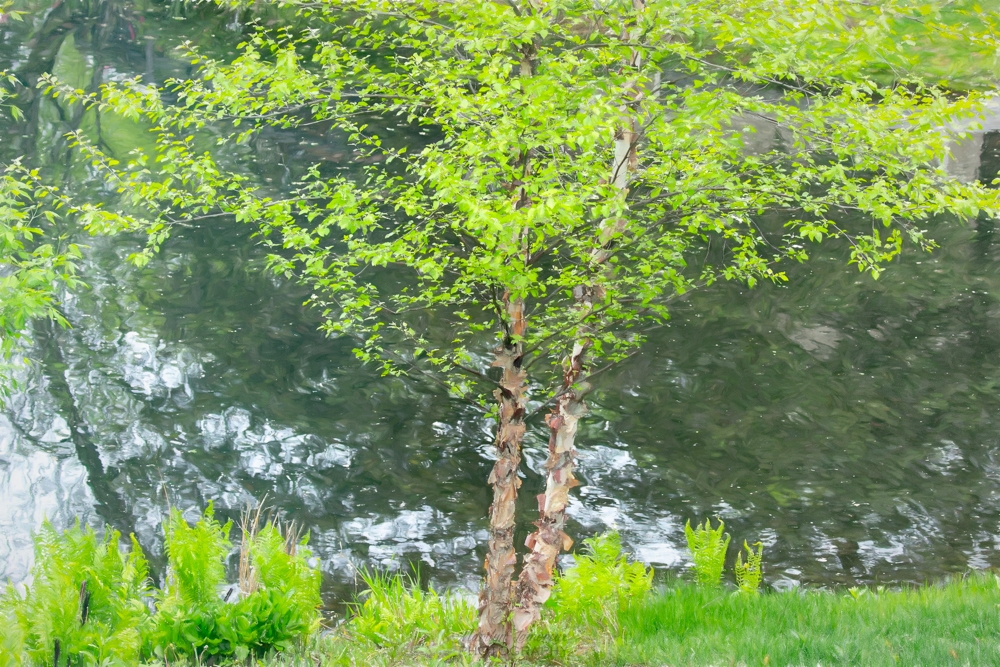
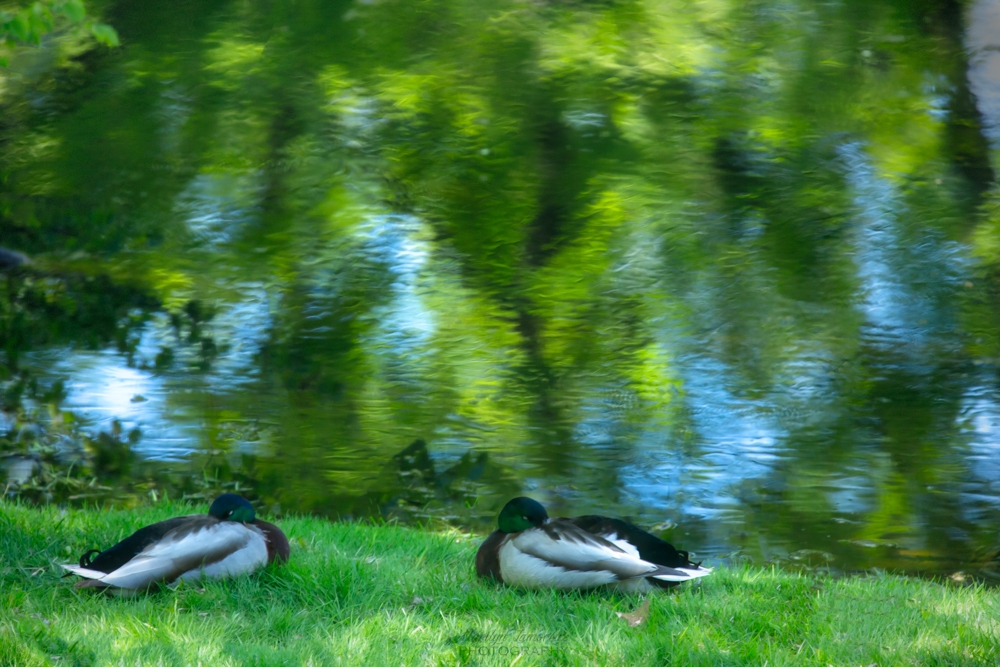

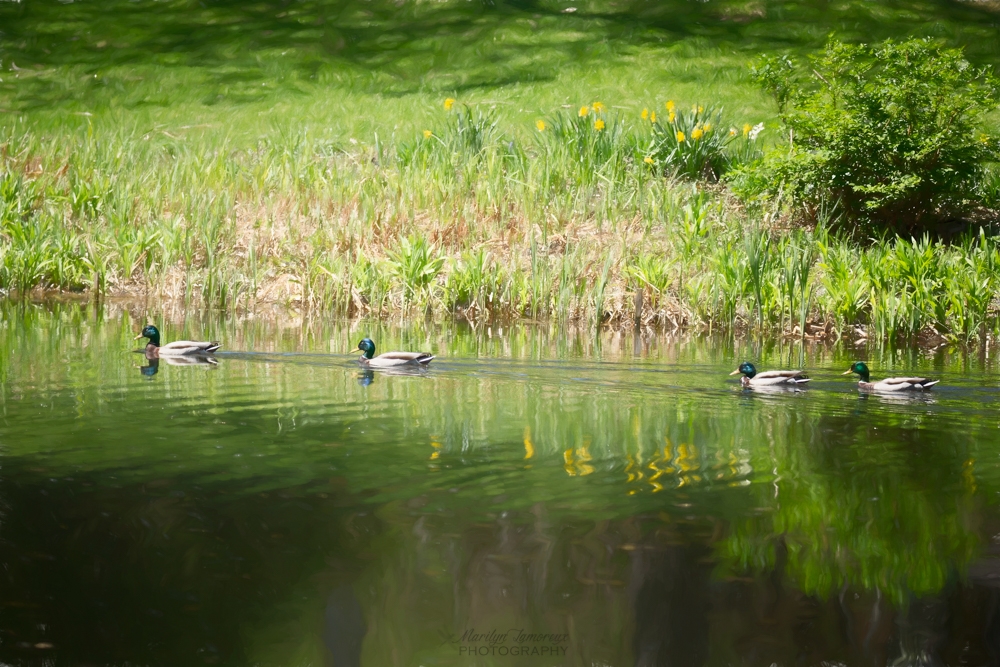

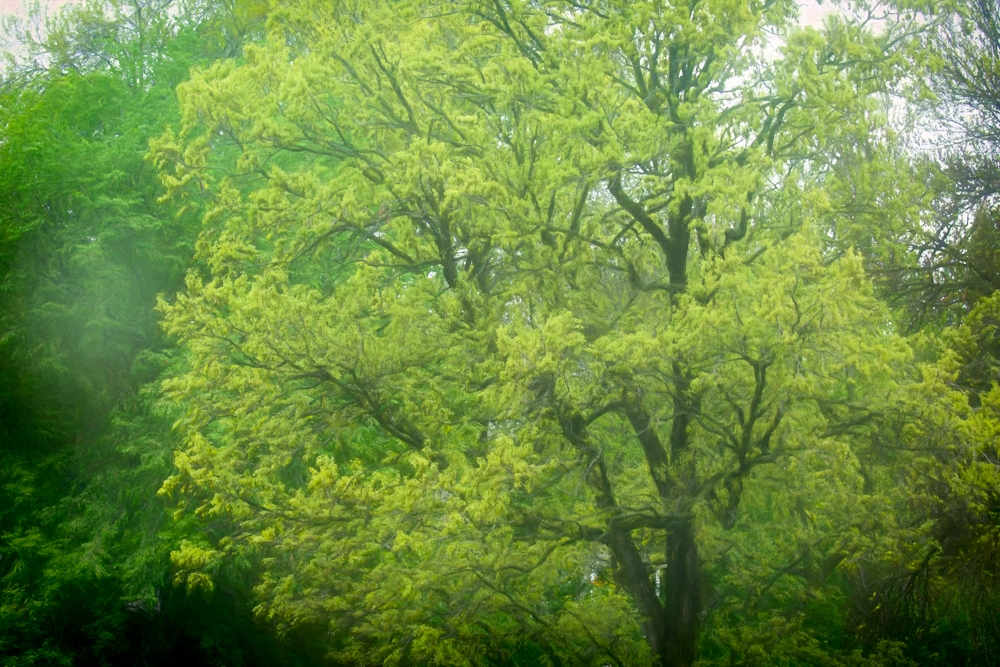
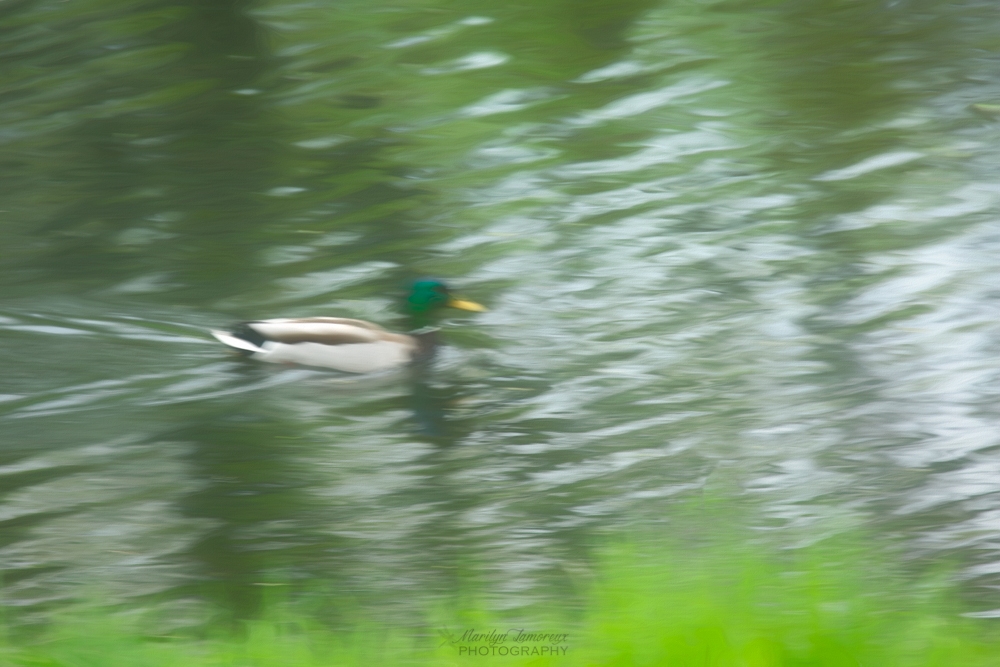

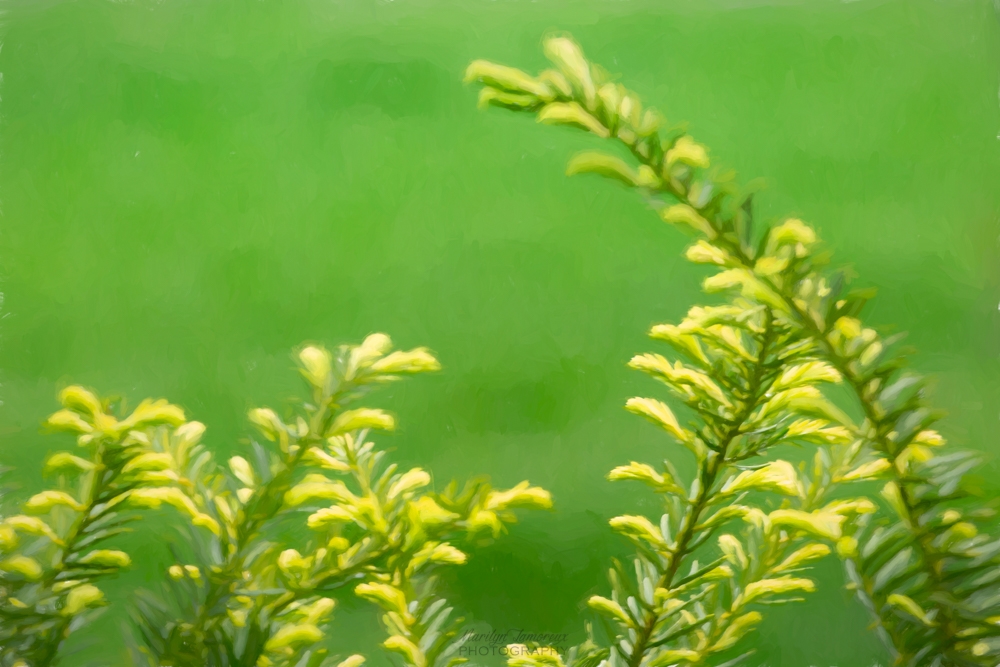
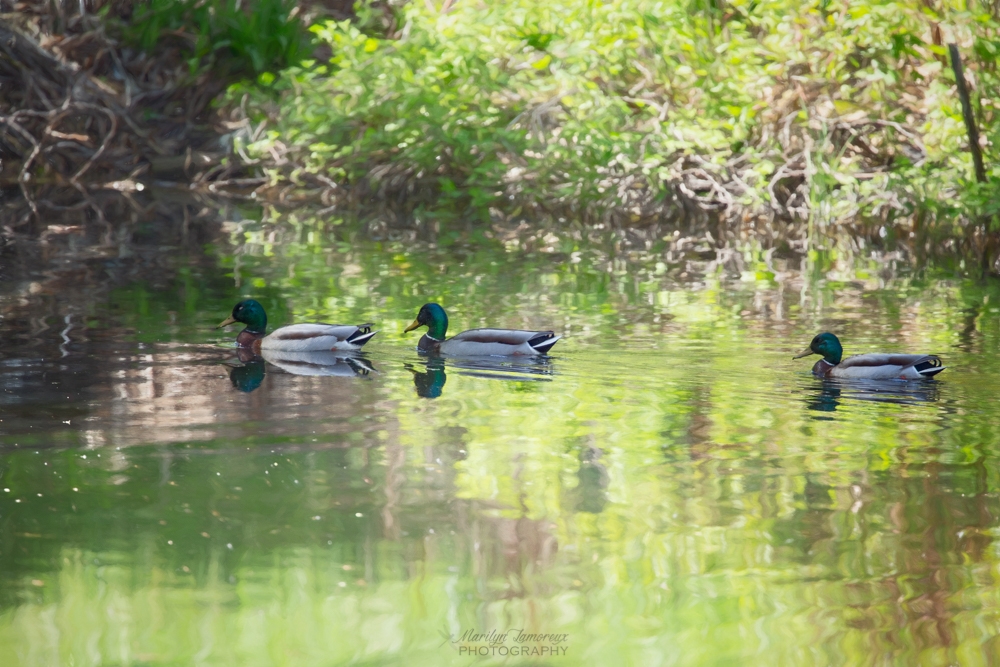
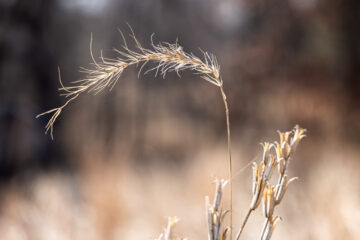
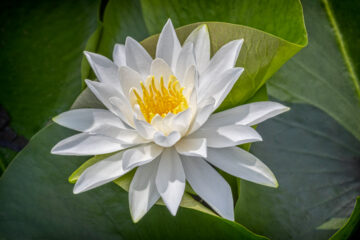

0 Comments